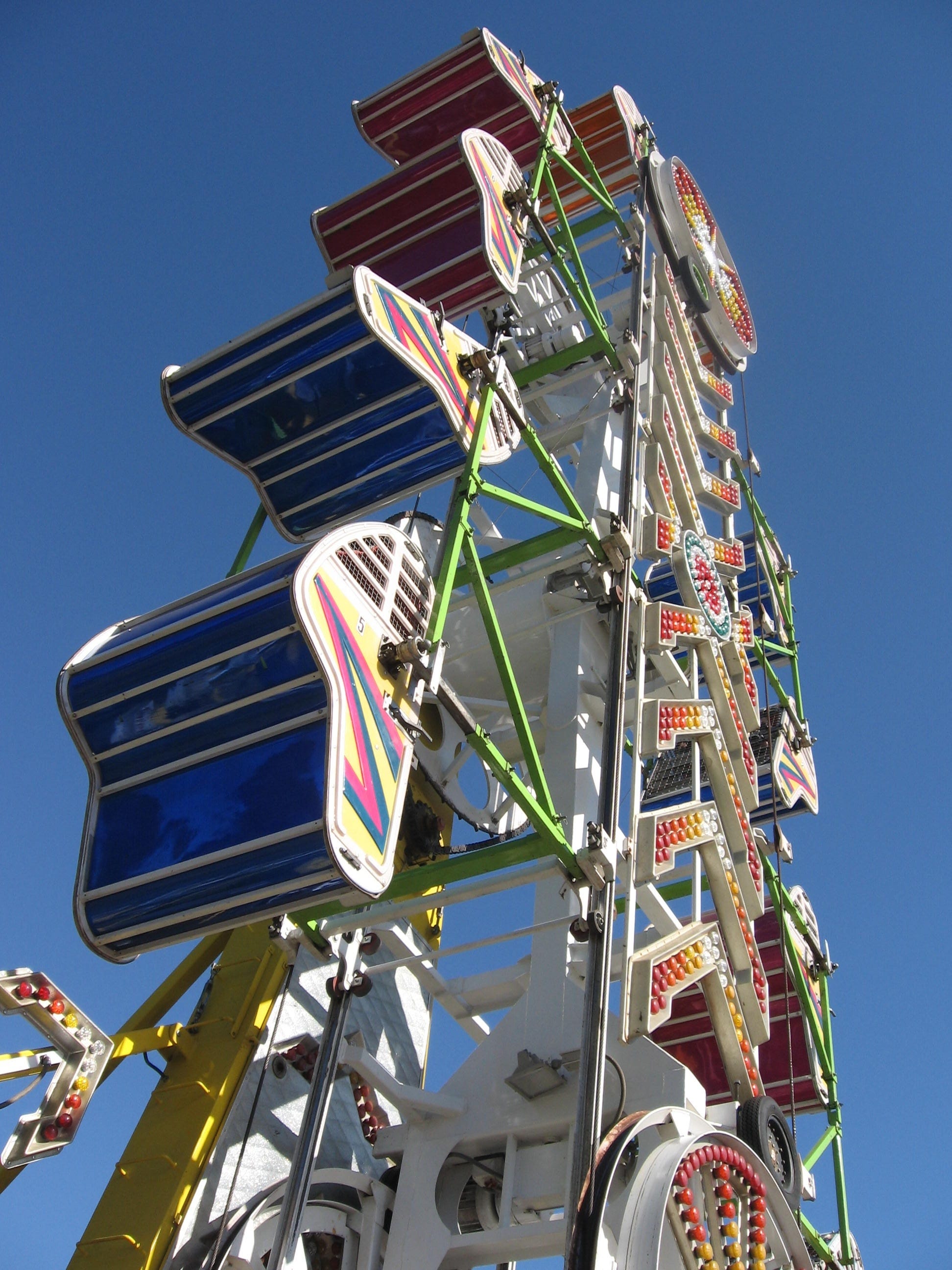Riding a longboard through the picturesque streets of Santa Barbara can be an exhilarating experience, offering a unique blend of thrill, exercise, and connection with nature. However, safety should always be the top priority to ensure that your longboarding adventures are enjoyable and accident-free. Santa Barbara, with its scenic bike paths, waterfront zones, and varied terrain, presents both opportunities and challenges for longboarders. Here’s a comprehensive guide on how to ride longboards safely in Santa Barbara, taking into account the city’s unique features and the principles of safe longboarding.
Understanding Your Gear
Before you start, it’s essential to understand and be comfortable with your longboard. This includes knowing how to properly tighten and adjust your trucks, how to check the condition and pressure of your wheels, and understanding the role of your bearings in smoothing out your ride. Ensure your longboard is well-maintained and suitable for the type of riding you plan to do. For example, if you’re planning to ride through the hilly parts of Santa Barbara, you might prefer a longboard with softer wheels for better grip and control.
Choosing the Right Location
Santa Barbara offers a variety of landscapes for longboarding, from the smooth, paved bike paths along the beach to the more challenging, hilly roads. For beginners, it’s best to start with flat, smooth surfaces. The bike path that runs along the waterfront from Leadbetter Beach to East Beach is an excellent place to begin, offering stunning views of the ocean and a relatively flat, obstacle-free ride. As you gain more experience and confidence, you can move on to more challenging terrains.
Safety Gear
Safety gear is not just a recommendation; it’s a necessity for safe longboarding. This includes: - Helmets: A helmet is the most critical piece of safety gear. Look for a helmet that fits well and is specifically designed for action sports or cycling. - Knee Pads: Especially useful for beginners, knee pads can protect your knees from scrapes and bruises in case of a fall. - Elbow Pads: Like knee pads, elbow pads provide protection against cuts and abrasions. - Wrist Guards: These can help protect your wrists from injury, especially since longboarding often involves putting your hands out to break your fall. - Closed-Toe Shoes: Good, supportive shoes can help you stay on the board and provide some protection for your feet.
Basic Riding Techniques
Learning and mastering basic riding techniques is crucial for safe longboarding: - Balancing: Practice standing on your longboard in a safe area, like a empty parking lot or a flat, grassy field, to get a feel for how it responds to your movements. - Turning: Know how to turn safely, including shifting your weight and using your back foot to steer. - Stopping: Mastering different stopping techniques, such as foot braking or using the tail of the board to drag on the ground, is essential. Always practice stopping in a safe, controlled environment first. - Speed Control: Be able to control your speed, especially when going downhill. This can involve knowing when to carve (turning to lose speed) or how to properly apply your brakes.
Road and Path Safety
When riding on public roads or paths, remember: - Follow Traffic Laws: Treat your longboard as you would a bicycle or vehicle. Obey all traffic laws, including stopping at stop signs and red lights. - Be Visible: Wear bright or reflective clothing, especially at dawn, dusk, or night, to increase your visibility to motorists and pedestrians. - Respect Other Path Users: Be mindful of pedestrians, cyclists, and other longboarders. Yield when appropriate and always be prepared to stop or change direction. - Stay Alert: Keep an eye on the path ahead for obstacles like rocks, potholes, and sand, which can cause you to lose control.
Pre-Ride Checks
Before setting off, do a quick check of your longboard to ensure everything is in working order. This includes tightening any loose parts, checking the tightness of your trucks, and making sure your wheels are clean and free of debris.
Conclusion
Longboarding in Santa Barbara can be a fantastic way to experience the city’s natural beauty while getting some exercise. By understanding your gear, choosing safe locations, wearing appropriate safety gear, mastering riding techniques, and being mindful of road safety, you can enjoy your longboarding adventures while minimizing the risk of injury. Remember, safety is a continuous learning process, and the more you ride, the more you’ll understand what works best for you and how to adapt to different situations. Always ride defensively, be respectful of others, and never stop learning and improving your skills.
What are the best locations in Santa Barbara for beginners to longboard?
+For beginners, the bike path along the beach from Leadbetter Beach to East Beach is highly recommended due to its smooth surface and minimal obstacles. Additionally, the Santa Barbara Mission area offers some quieter roads that can be suitable for learning.
How do I learn to balance on a longboard?
+To learn balancing on a longboard, start by standing over the board with your dominant foot on the tail and your other foot on the nose. Hold onto something stable, like a wall or fence, for support. Slowly lift your hands off the support while keeping your knees bent to lower your center of gravity. Practice shifting your weight and moving your feet to get a feel for how the board responds.
What safety gear is essential for longboarding in Santa Barbara?
+A helmet is the most crucial piece of safety gear for longboarding. Additionally, knee pads, elbow pads, and wrist guards are highly recommended, especially for beginners or when riding in new areas. Closed-toe shoes with good grip are also essential for staying on the board and protecting your feet.



